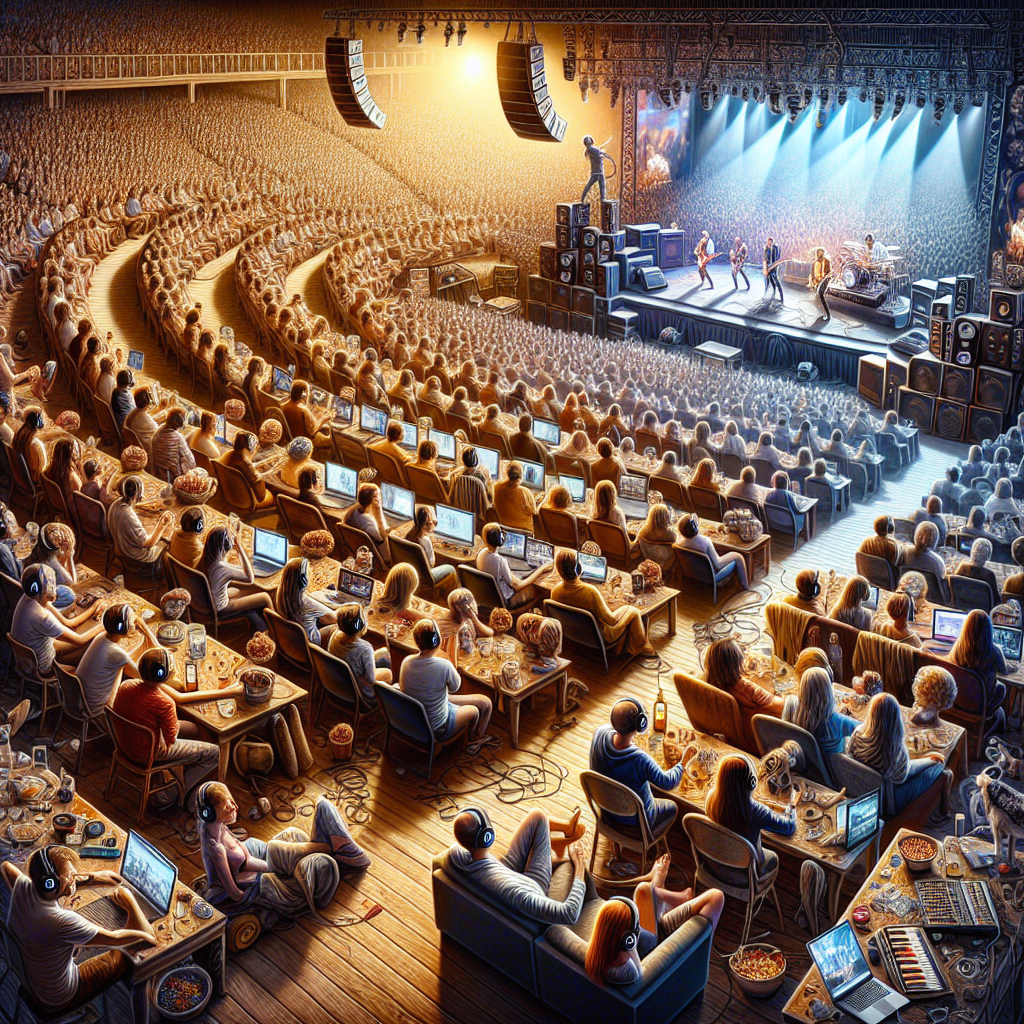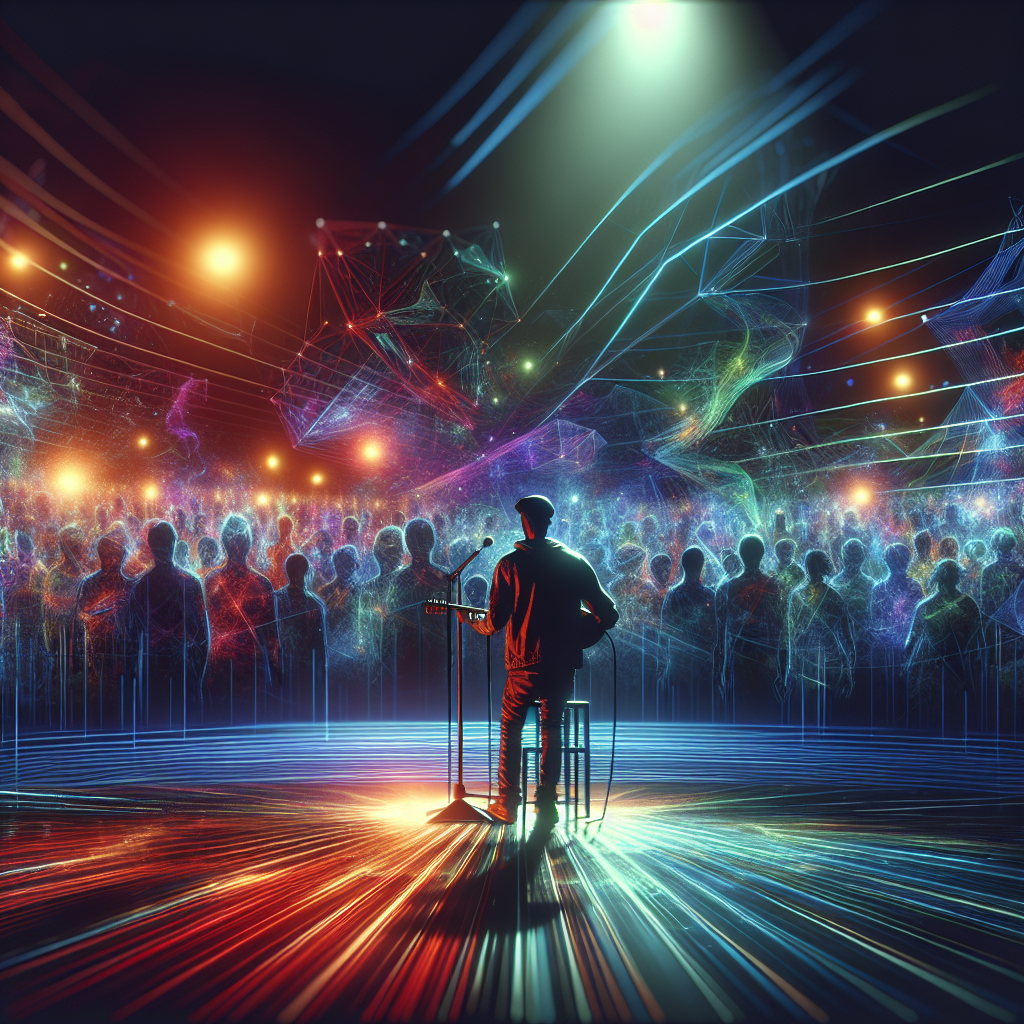Virtual concerts, once regarded as passing fads or mere curiosities, are rapidly becoming the new stage for artists to perform and connect with fans worldwide. In this article, we will not simply look at how technology has revolutionized live performances but also profile those on the vanguard of this transformation.
The initiation of this transition can be traced back to certain trailblazing moments – such as when popular K-Pop band BTS held their first fully virtual concert ‘Bang Bang Con: The Live’, drawing nearly a million viewers from around the globe.
Artists driving these innovative ventures have had to adapt swiftly. They went from performing in packed amphitheaters to suddenly finding themselves standing before cameras and microphones connected directly with millions of fans via computer screens.

Tactically speaking, benefits and drawbacks abound. On one hand, there’s undeniably less interaction with audiences compared to traditional gigs; yet on another note, these spectacles present an opportunity for a truly global audience that physical boundaries no longer limit.
The dynamic among bands has also shifted dramatically during online presentations – some groups opting for raw simplicity while others exploring sophisticated visual effects and pre-recorded sets in order to compensate for lack of a live audience vibe.
This approach roots itself deeply in music history’s past eras where audiovisual broadcasts like MTV started changing fan engagement strategies significantly adding up another layer upon already complex narrative
It’s not just about making do during pandemic-affected seasons anymore; it appears we’re witnessing inception into what might soon turn standard practice driven by the rise of virtual concerts. This comes with a certain level of excitement and apprehension for music purists who have always regarded face-to-face interactions as an indispensable aspect in the enjoyment of live music.
Fan reactions to this burgeoning phenomenon are understandably mixed. Yet, there’s undeniable anticipation too – especially when it brings fans closer to their favorite artists devoid of geographical barriers or sky-high ticket prices.
The media coverage around these events echoes this sentiment showcasing praise and scrutiny alike depending on how well each concert manages to emulate its real-world counterpart
As we look ahead, it is clear that while not every artist will fully transition into digital spaces many are expected to maintain a hybrid model combining physical performances with online appearances bridging generational divide over this contentious topic thereby reshaping our musical future



